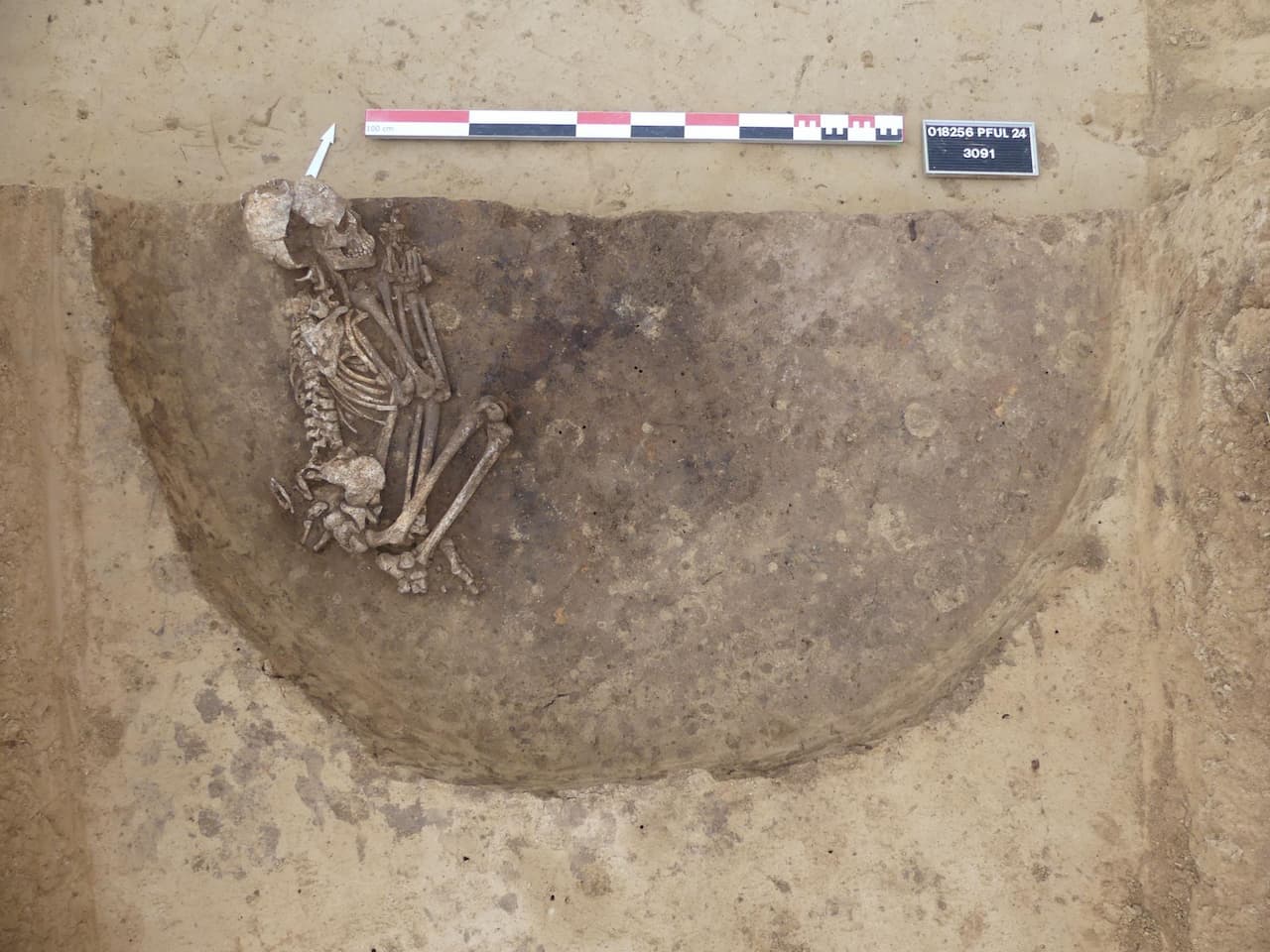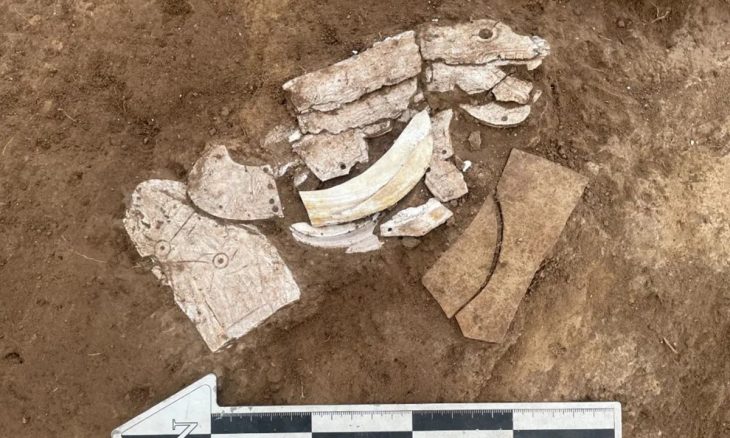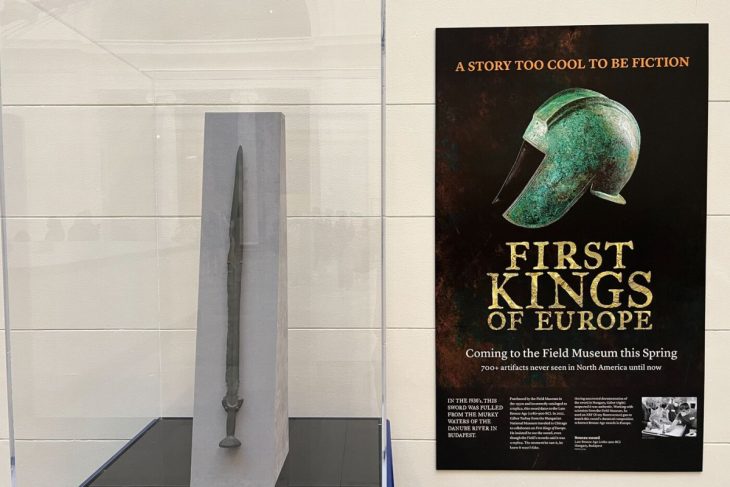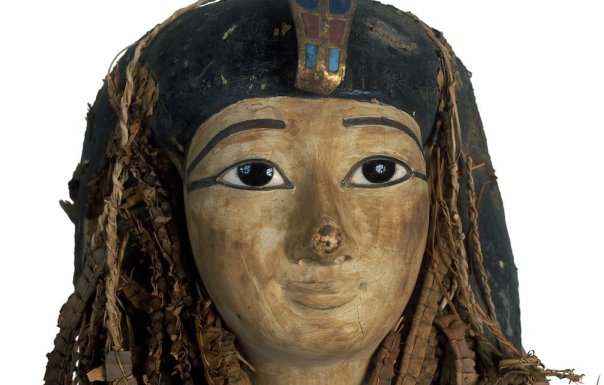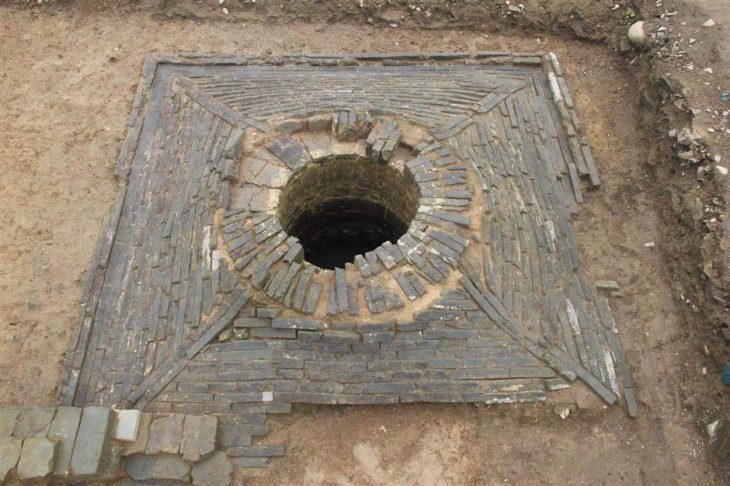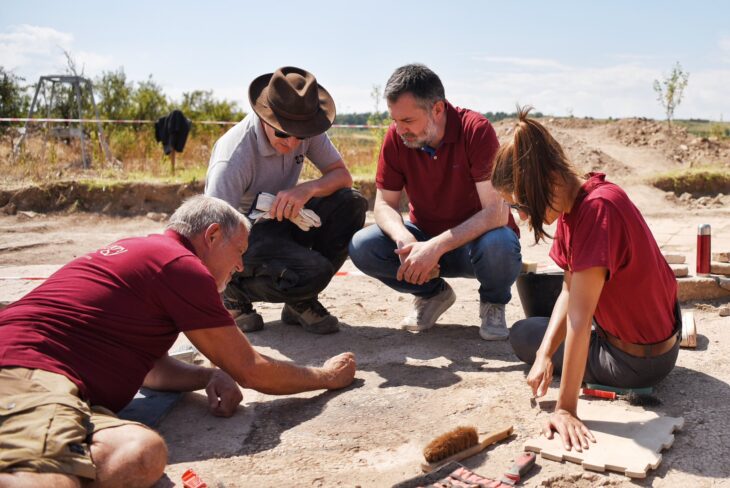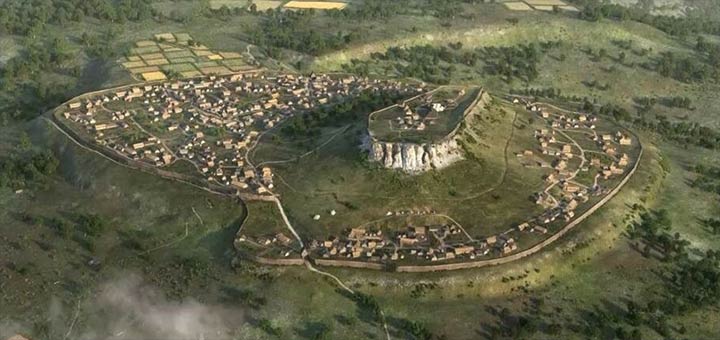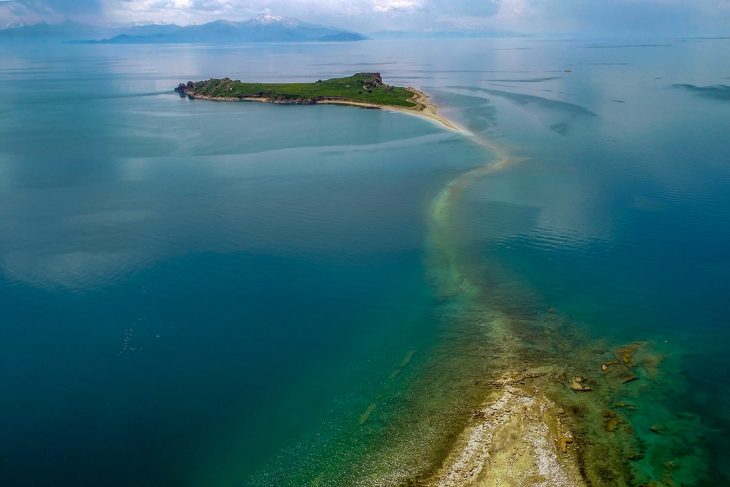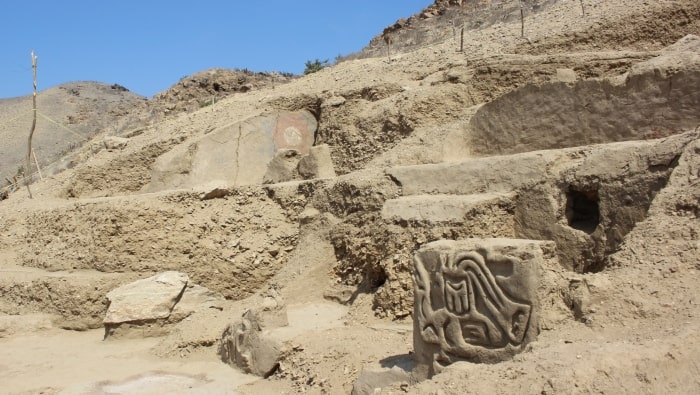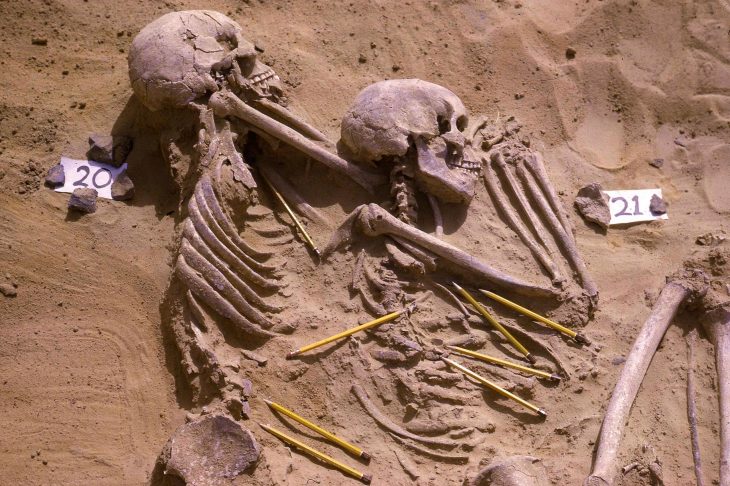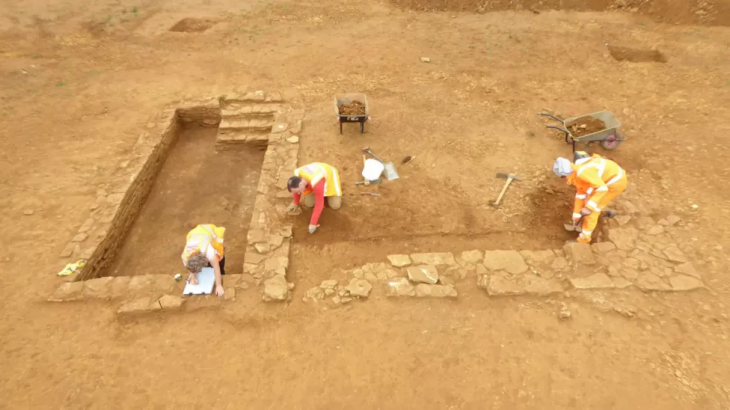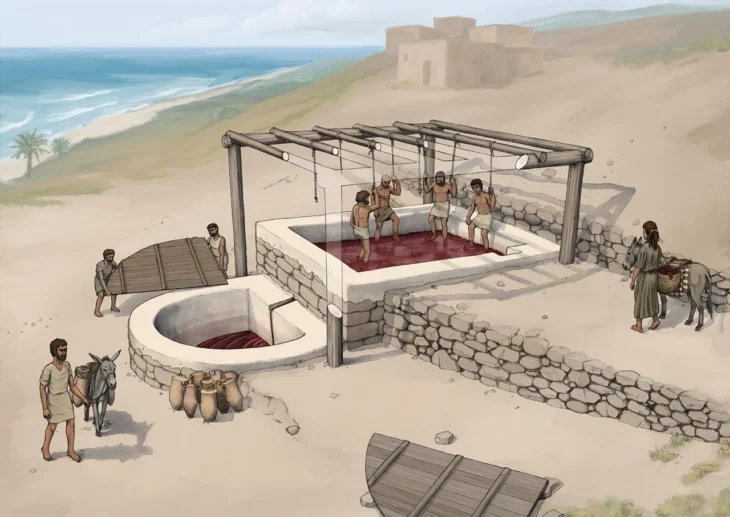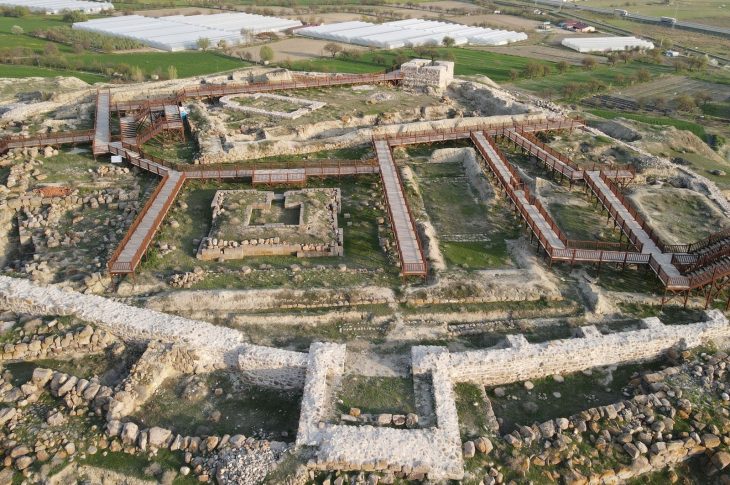The Pfulgriesheim site, located in northeastern France’s Alsace region, underwent extensive archaeological research before being developed as a new urban area. The excavation led to the discovery of over a thousand archaeological structures, including an important settlement center from the Late Neolithic period and isolated medieval funerary monuments.
The Pfulgriesheim site in question is located on a small loessic eminence that towers twenty meters above two small rivers, the Souffel to the south and one of its tributaries, the Leisbach, to the north.
The excavation also highlighted the poverty of Iron Age structures in very low-status settlements. A large number of agricultural structures were unearthed.
These investigations have made it feasible to piece together the history of human habitation in this region, offering insightful knowledge about the prehistoric occupants and their thousands of years of way of life.
The Late Neolithic is home to one of Pfulgriesheim’s most important discoveries. Evidence from this phase indicated the presence of a sophisticated storage system made up of big silos buried in the loess soil. These large silos, designed to store food and other resources, were found in a good state of preservation, with some of them dug to a depth of up to 2 meters.
📣 Our WhatsApp channel is now LIVE! Stay up-to-date with the latest news and updates, just click here to follow us on WhatsApp and never miss a thing!!
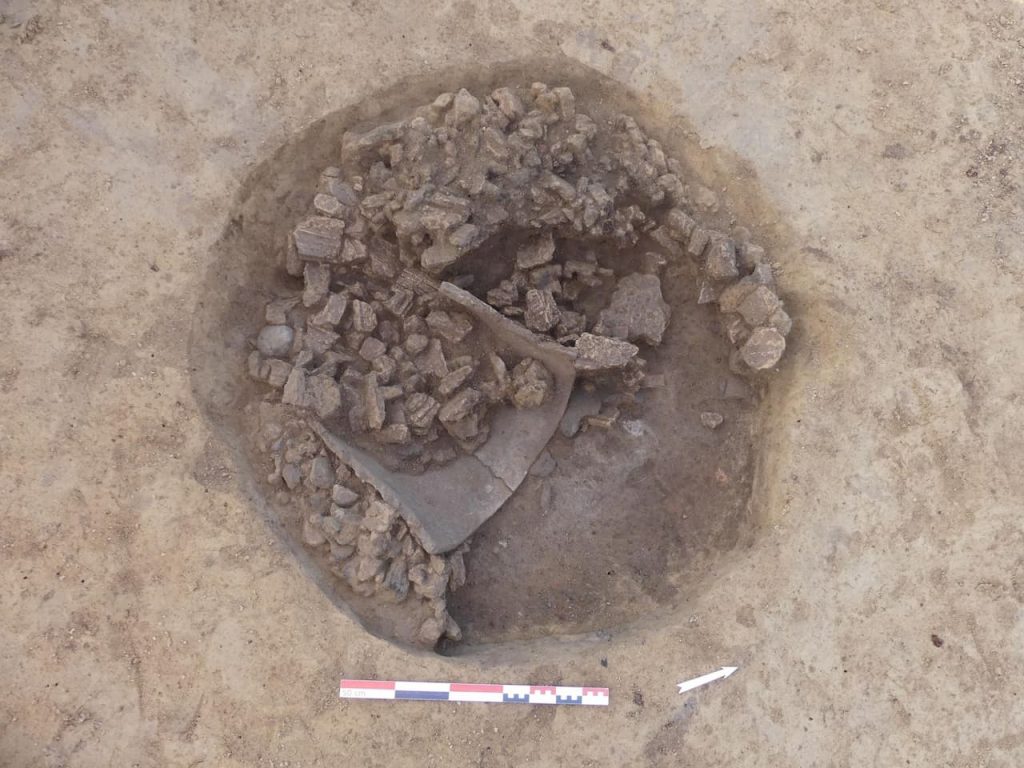
The silos were organized in groups, spaced a few meters apart. No traces of buildings associated with these silos were found at Pfulgriesheim; however, at least one silo in each group contained large quantities of burnt mudbrick, up to about half a tonne, suggesting the presence of buildings nearby.
Following a pattern that is now well known for this period in the region, that of burials in circular pits, around ten silos yielded burials. Future dating techniques and pottery analysis will help clarify the chronology of these burials and establish whether or not they occurred during the same period, providing insight into the occupation and management practices of these human groups.
The discovery of about sixty elongated structures, or “clefts,” at the site is another fascinating finding that has piqued the interest of archaeologists. Though their precise purpose is still up for discussion, these extremely narrow, V-, U-, or Y-shaped structures have been identified as potential hunting-related installations or traps.

Since there isn’t enough archaeological evidence to make a firm age and function determination just yet, precise dating of these “clefts” using carbon-14 analysis will be essential. However, based on parallels with analogous discoveries in other parts of eastern France, the main hypothesis posits that these structures might have a hunting connection.
Two minor Iron Age settlements, specifically from the La Tène period, have also been found during the excavation. The first settlement, which dates to the early La Tène period (480–280 B.C.), is made up of multiple silos and a sunken building with a square shape, which is a fairly typical typology for that era.
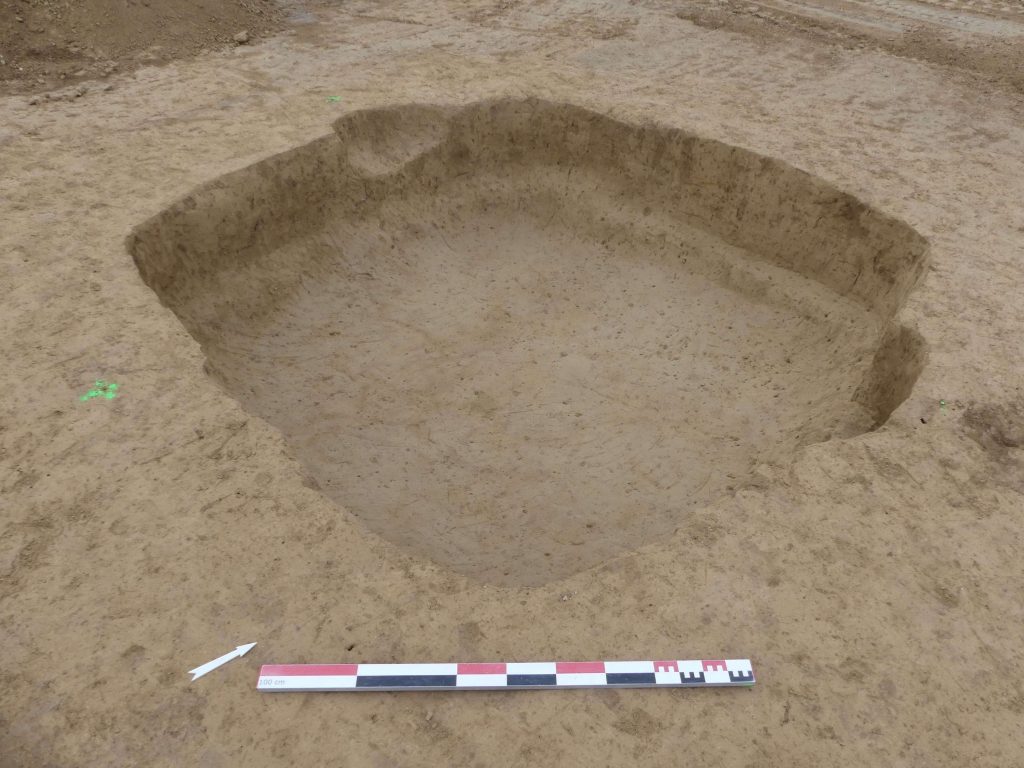
Three of the sides of the enclosure that surrounded the second settlement, which dates to the late La Tène period (150–25 B.C.), have been partially preserved. It looks like this settlement is a small rural business that is most likely a part of a larger territorial system that is governed by surrounding farms.
Three circular funerary enclosures dating from the 7th century AD (Early Middle Ages) were also discovered on the site.
Cover Image Credit: Institut National de Recherches Archéologiques Préventives (INRAP), Simon Diemer

